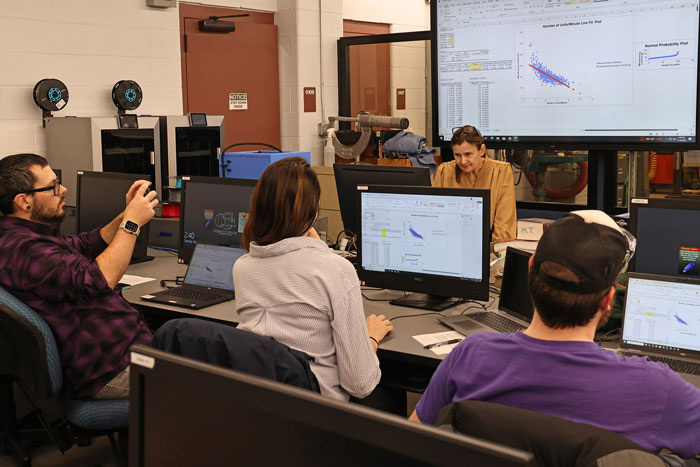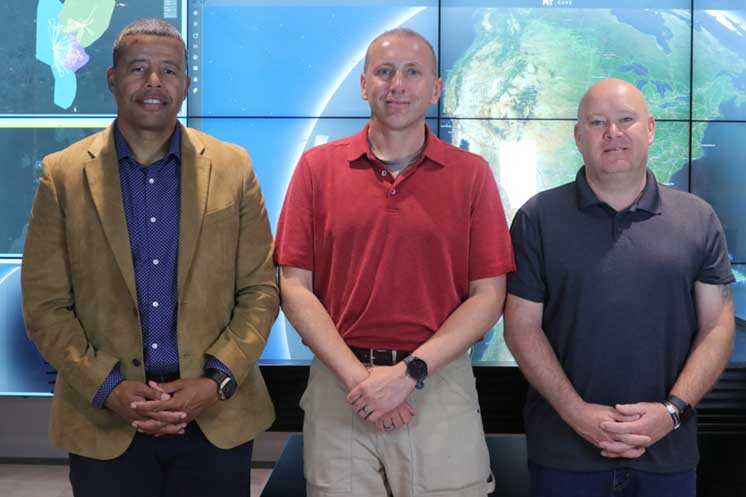Spotlight: Dec 14, 2025
Inspired by vines’ twisty tenacity, engineers have developed a robotic gripper that can snake around and lift objects. The robot can safely and stably lift a variety of heavy and fragile items; a larger version can safely lift a human out of bed.





